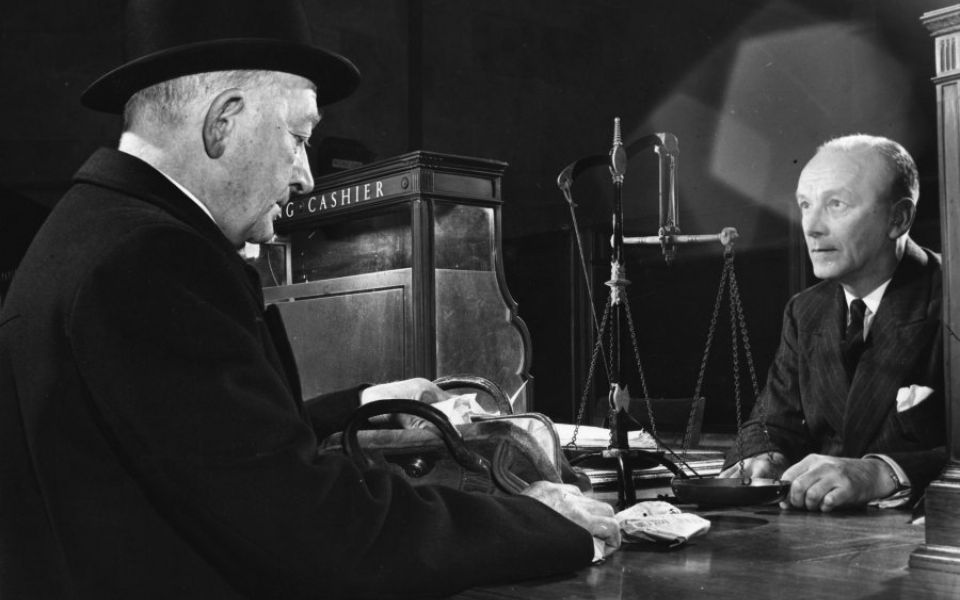
Behavioural insights on financial advice

Saving and investing decisions are often made from opposite sides of the financial services spectrum. Advisers have the difficult job of building trust and bridging the two sides and their diverse demands. Matching the needs of retail savers with investment returns provided by users of capital is not easy as the two opposing sides — one retail and the other wholesale — are structurally and behaviourally different.
Time is another important consideration. Finance professionals look toward the future, matching the future needs of savers with those of capital consumers. Capital investment requirements and financial markets are unpredictable, subject to abrupt and significant changes. Very few can forecast market requirements with accuracy and consistency or outperform the mean for an extended length of time.
This makes the job of financial advisers exceptionally challenging. Not only must they understand the future needs of each client, they also must identify fund managers who generate investment returns in line with client expectations.
So, what can advisers do to understand and counteract these behavioural limits and build that trust?
It starts with knowing one’s clients — not just their financial means and aspirations, but how they think — and integrating that knowledge into the relationship and the investment plan in an open and forthright manner.
A critical question to address: What are the client’s most dominant behavioural traits?
Behavioural finance literature defines four distinct “investor types”:
- Preservers have a loss-averse mindset and worry about short-term performance.
- Followers are passive and often lack interest in investing.
- Independents have original ideas and like to get involved in the decision-making process.
- Accumulators are confident and tend to play an active or even controlling role in investment decision-making.
These classifications all exist on a continuum, so advisers need to conduct in-depth interviews to get a firm grasp on which traits predominate and to what degree. Once that’s accomplished, advisers can tailor and recommend an investment plan that takes these factors into account. A written investment policy statement (IPS) is essential. The IPS and regular reviews serve as guardrails against the irrational behaviour of advisers and clients alike and helps foster the trust between them.
But the adviser’s responsibility doesn’t end there. Few clients are aware of the innate behavioural mechanisms that influence them. Advisers can serve as their behavioural coach and educate them on the emotional biases that affect both client and adviser.
To be sure, trust is behaviorally fragile: hard to earn and easy to lose. Misaligned adviser interest, in particular, can destroy trust. But, on the other hand, sacrificing one’s misaligned interest can build a deeper and lasting engagement with clients.
That’s why it is important to remember that the process of understanding a client, of earning and maintaining that trust, does not have a fixed conclusion. It is an ongoing and perennially unfinished project.
If you liked this post, don’t forget to subscribe to the Enterprising Investor.